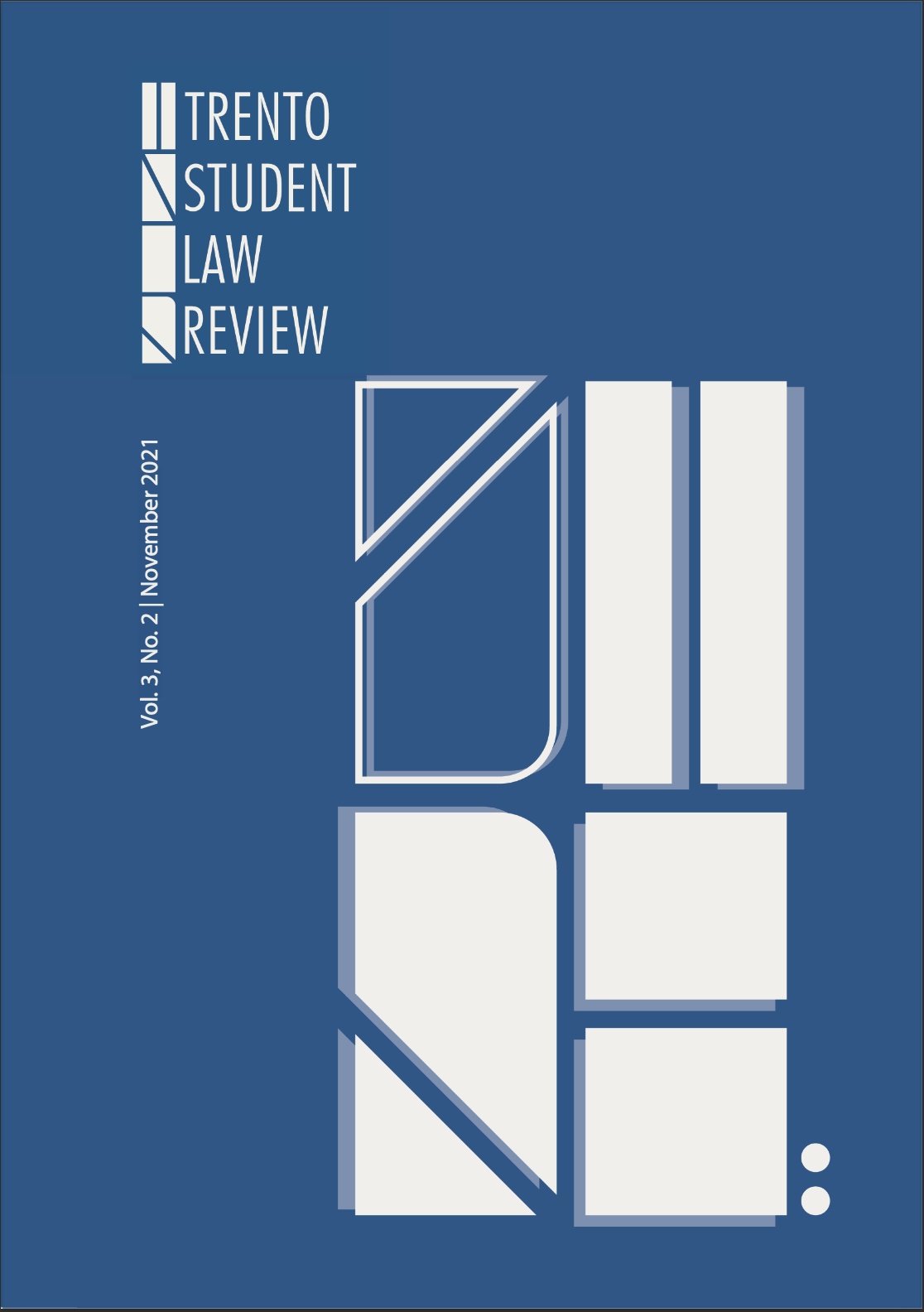Hydrogen Development in the European Union and Italy ‐ Legislative Barriers and Potential Solutions
DOI:
https://doi.org/10.15168/tslr.v3i2.1766Abstract
Climate change is a touchable phenomenon and hydrogen has become an attractive solution for experts and for policymakers. However, in order to understand the environmental impact of an energy vector, it is necessary to consider its entire value chain and not simply the end uses. Hydrogen is really "clean" when produced by the exploitation of renewable sources (so-called "green hydrogen") or (at most) when produced by fossil fuels using technologies able to impede the release of greenhouse gases emissions in the atmosphere (so-called "blue hydrogen"). The major potential of hydrogen consists into the increase of renewable sources' integration into the energy system, addressing two major challenges of renewable energy: intermittency and non-programmability. Hydrogen produced by RES can be transported over long distances, injected into the natural gas grid, stored and reconverted into electricity as needed, so that the Hard-To-Abate sector gets electrified. Nevertheless, the need for timely review of regulation strongly emerges from legislative gaps concerning both the energy vector and the existing regulation, which imply barriers that can actively interfere with the development of the hydrogen supply chain. As the European Union has seen a great intrinsic potential in hydrogen development, also Italy is trying to bring to action the European pathways together with their customization. This article analyses some of the barriers and gaps of the current legislation, namely: the need for a Guarantee of Origin system; on the goal of sector coupling, which consists in the realization of an integrated energy system based on the exploitation of green energy; on one of the cleanest hydrogen production technology, the "power-to-gas", and its role inside the integrated energy system. The analysis starts from the European Union and then deepens the Italian context with the purpose of understanding peculiarities and possibilities.
Downloads
Published
How to Cite
Issue
Section
License
Copyright (c) 2021 Simona Capozza, Luigi Crema, Cristina Maggi, Matteo Testi, Martina Trini

This work is licensed under a Creative Commons Attribution-NonCommercial-ShareAlike 4.0 International License.
The copyright on the texts published in the Trento Student Law Review remains with the respective owners. The journal allows authors to retain publishing rights without restrictions.
The Trento Student Law Review is distributed under a Creative Commons license Attribution - Noncommercial - Share-alike 4.0 International (CC BY-NC-SA 4.0).





